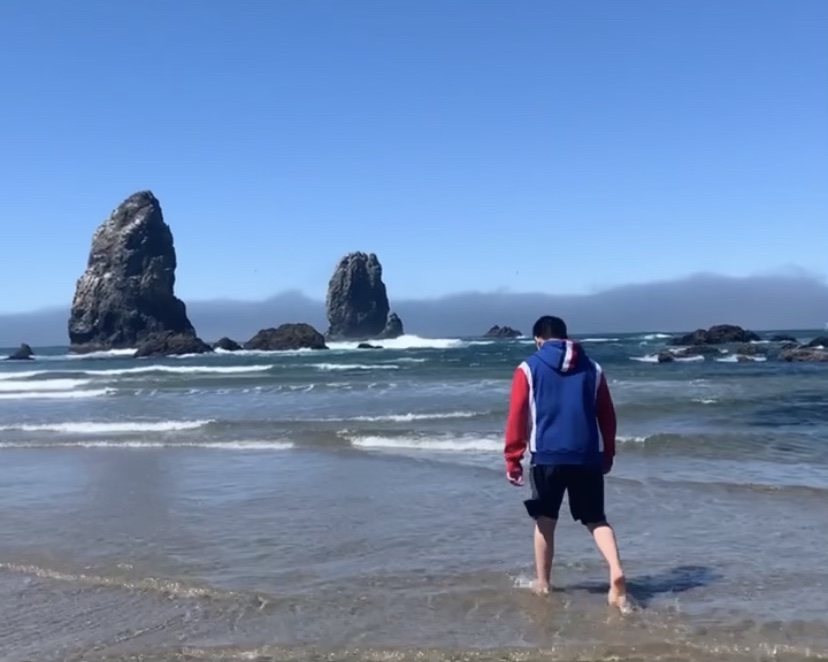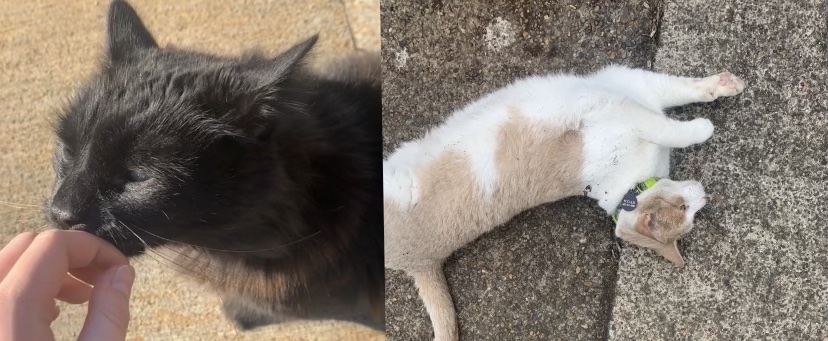It always amazes me how quickly 10 weeks can just fly by. I wasn’t sure what I was expecting when I came into this internship, but everything has been above and beyond anything I could have imagined. During my undergrad, I was very focused on building my skills in scientific research which lead me to participate in various research opportunities. However, I felt that I lacked the skills to apply and communicate that scientific knowledge in a way that would make it useful for policy and management. Throughout this summer, after talking with various professionals and participating in a variety of meetings with my mentor, I can definitely say that I’ve gotten a pretty solid grasp on how to apply and communicate science. I’ve learned how to read and summarize scientific papers so that I am only pulling out the major key points. I got to build my artistic skills and participate in creating various outreach materials to communicate the scientific knowledge in a manner that is easier to digest to the target audience. Additionally, I got to see and interact with some of the “middlemen” between the scientific and the policy-makers to firsthand see how science helps inform policy and management. All the skills and knowledge I have gained throughout this summer will definitely benefit me as I continue with my education and solidify my career path.
Another important thing that I learned from this internship is that your degree doesn’t define what your future career is. I was pleasantly surprised to find just how many people working in the policy realm had a scientific background in biology, marine science, ecology, etc. While I originally thought I wanted to get my Ph.D. and only do research for the rest of my life, I soon realized that academia wasn’t really for me. It was comforting to hear just how many paths that a background in the biological sciences could give you and that it doesn’t necessarily have to take you down the path of academia. Talking individually with various professionals has really helped me start to see all the possibilities I can do with my degree. As I continue on to my master’s program at UC Davis in the fall, I will continue to look for interdisciplinary opportunities that will allow me to explore a career in the intersection between science and policy.









